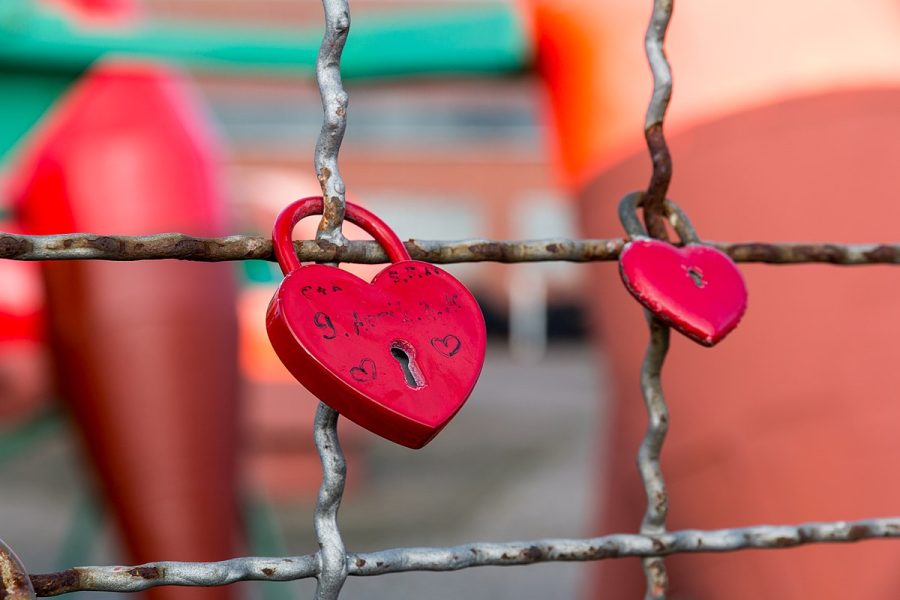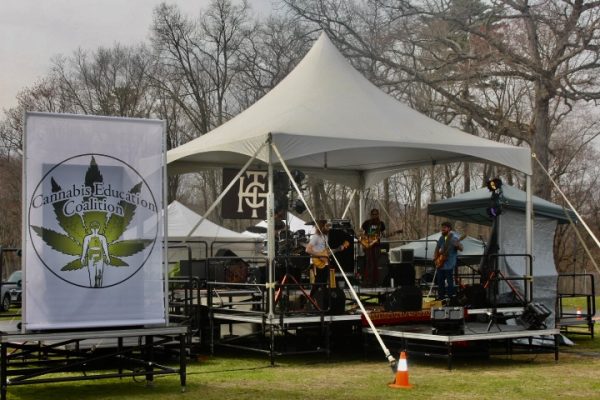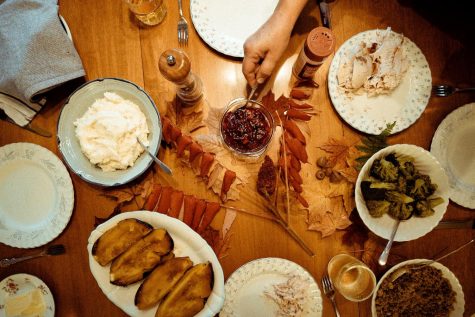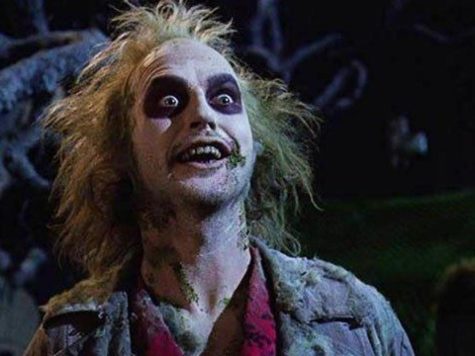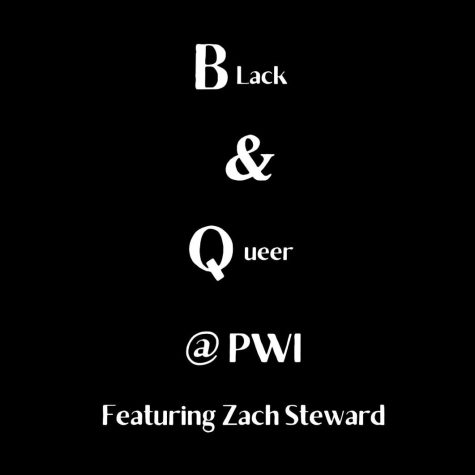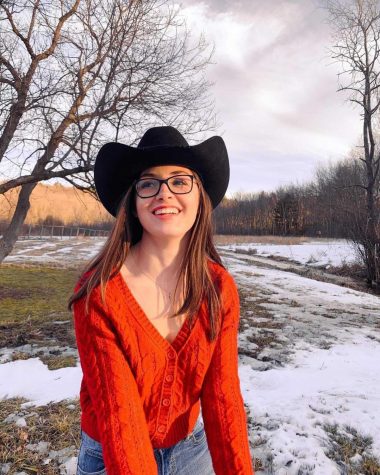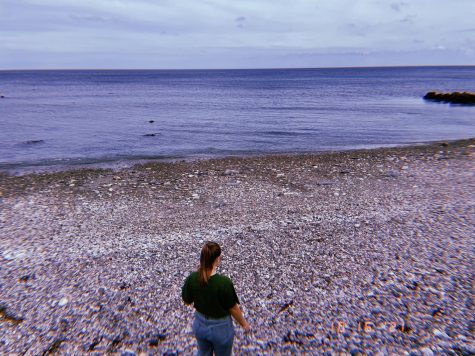Dating as a Woman of Color at UMass Sucks
Dating is the equivalent of stepping into a minefield; you’re not sure where the bombs are and you have to be prepared to lose a limb or two.
Navigating the dating scene has its challenges for everyone, but this process can be especially arduous for women of color at predominantly white institutions (PWI) like UMass. All women face similar issues, but it’s often heightened for women of color. Issues of cultural differences, existing outside of the beauty standard, and oversexualization are problems too familiar to WOC.
Dating apps themselves have made it worse. What seems like a good idea to connect with other young people around you has been turned into a sex lottery instead – oversexualization being one of the worst of those problems. Apps became a medium that subjected us to more of the microaggressions and misogyny we already experience in real life.
Beauty is a conflicting thing for WOC. On one hand, it either goes unrecognized or it’s sexualized. Men will happily engage when it comes to the sex part of it, but when it comes to actually acknowledging us beyond that, the conversation dissipates. When it comes to dating white men, the talking stage will go well and then all of a sudden they get into a relationship with a white woman. While those experiences seem minuscule, facing that problem consistently can definitely have an impact and cause some self-doubt.
“I think that white men in particular, at least in this experience I have, they’re not looking for something serious with me,” said Sarah, who is West Indian with South Asian descent, wishing only to be identified by her first name. “And then they might get in a relationship like a few months later, and it’s like, okay, was it me?”
Sarah continued to state that although she’s a secure and confident person, self-doubt emerges when men disappear when it’s time to take the next step. “Maybe it’s like a cultural thing where they don’t see themselves in the long term with a woman of color.”
She says that as welcoming as UMass is, there is a palpable difference in the way they look at you as a person of color. There is a sense of them almost speaking down at you as if they don’t really see you on their level.
When it comes to race and dating, the fetishization of Asian women is a massive problem as well. Xinyuan Xu, an international Chinese student at UMass describes that because she is Asian she has to deal with men who are only interested in her because of her ethnicity and that she never knows who has a genuine interest in her. “Asian women are not stereotypes. We have real personalities, and I want to show my personality,” said Xu.
Because Asian women are so oversexualized, and due to her personal experiences, at a certain point, Xu began to dress differently than how she usually does in hopes of breaking away from the stereotypical perceptions of others. She limits her face on social media for fear of being sexualized for anything she might post.
When I’ve described this problem, some have said to stop dating white men and pursue men of color instead, and while that does seem like a reasonable solution on the surface, this is where the beauty standard problem comes in, along with some other issues.
The beauty standard is whiteness. This is at UMass, in Amherst, in Massachusetts, in America and the global beauty standard is fair skin. Proximity to whiteness correlates to how beautiful you’re deemed. The existence of this beauty standard does not just affect how white people view the attractiveness of people of color, but also how those people of color view other people of color. A lot of the time, men of color also do not find women of color attractive, or they don’t find a woman of color to be as attractive as white women. So when it’s time to pursue, women of color tend to be left behind in the dust. A caveat is that men of color are not any less likely to sexualize us than white men do.
There are only so many people of color at UMass, and factoring in other things like age, actual interest, and your own personal standards for what you like, the pool starts getting smaller before you start to realize that UMass may not be that big of a school after all.
When you’re white, everywhere you look there’s going to be people who look like you, you never really worry about feeling out of place, or worry about other people thinking you’re out of place.
Speaking on the racial differences at UMass, senior Jada Irene describes that she has had to put in special effort to find people of color and build a sense of community throughout her time at the University. Especially as part of the Honors College, she was faced with the reality that UMass is not as diverse as she was expecting. There was only one other Black person on her floor, who was also mixed like her, joking that there were the genes of only one whole Black person.
Irene noted a cultural disconnect between POC and white people, and that as a person of color you sometimes have to be the one to educate your white friends. “There’s certain things that like, I’ve noticed and I have to point out, versus when I hang out with other Black friends like, they’ll just pick it up,” said Irene. “I can even notice it in my platonic friendships so I feel like that would definitely carry on through verbal and romantic relationships”.
In terms of numbers from Fall 2021, the Office of Equity and Inclusion reports that only 5.4 percent of undergraduate students are Black, 9.6% are Hispanic/Latino, and 13.1% are Asian. Compared to 67.5% of white students, these three populations combined do not even add up to half of the white population at UMass.
Reflecting on her own journey throughout her time at UMass, Irene is not shocked by the numbers: “I’m sure there’s people here that go through the whole four years without like, considering a person of color their friend, let alone a romantic interest.”

